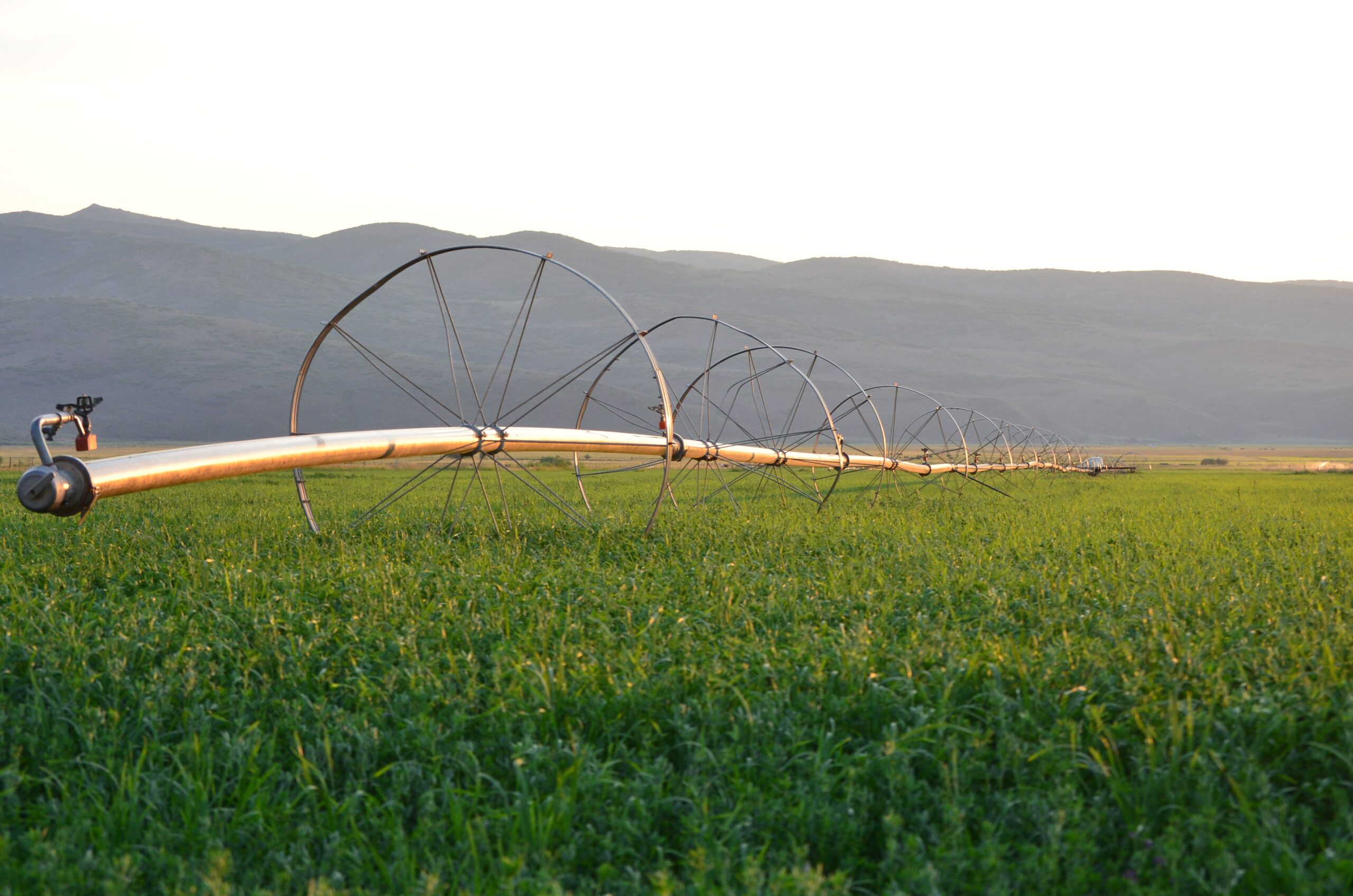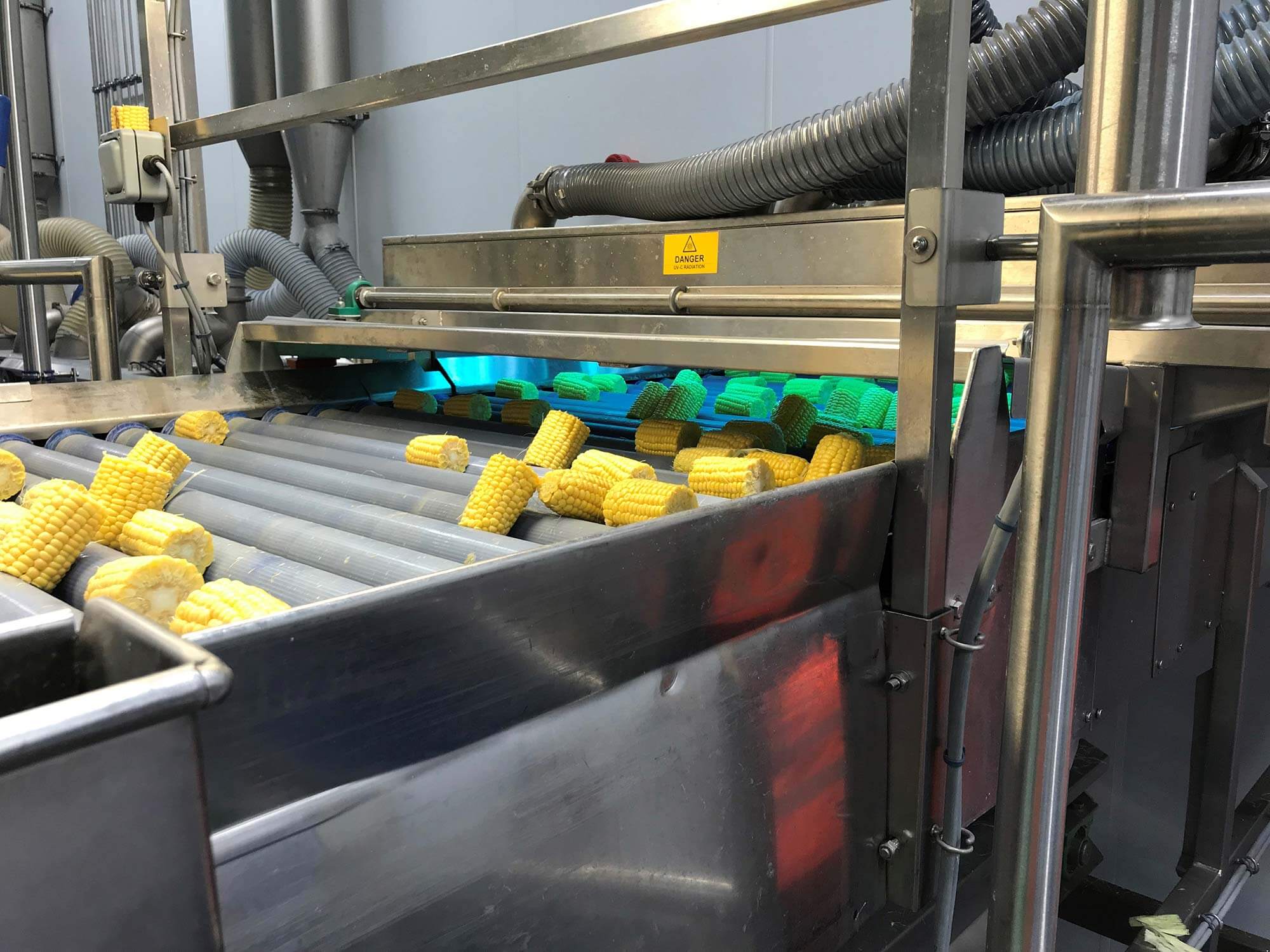String wound vs melt blown filters
So we at UVO3 come in to contact with filters quite often as they’re used to compliment the process of treating your water with UV. Though we don’t get involved in weird and wonderful filters (we solely deal with standard sized sediment filters) I thought I’d give our take on what the difference is between the two main technologies used to manufacture our filters.
First is the string wound filter. The hint is in the name, these are made from string wound in different styles to alter their filtration rating. They are the original filters and have stood the test of time. They aren’t meant to, but people like to rinse these off and put them back in under the perception that they are reusable. All that’s actually happening is that everything on the outside that’s stuck to the filter is being blasted off and they look a bit cleaner for a while. The filter will still be as ‘loaded’ as it was before as all the particles it’s caught will be embedded within the fibres themselves.
Melt blown filters are made by spraying melted polypropylene onto a drum to build up layers to a set thickness. These are the modern type of filters and are much more effective than their string wound counterparts. Not only do they have a better depth of filtration, they’re also more accurate and diverse in the micron ratings they’re able to produce, especially at the finer end of the spectrum. Washing them off does very little to their appearance so domestic users who like to wash their filters off usually prefer to stay away from them, but being a similar price makes us recommend these over string wound cartridges every time.
There might be a technical explanation as to why sting wound cartridges are better in certain applications but this is just our experience at dealing with the two.





